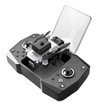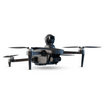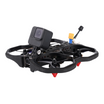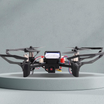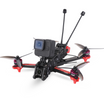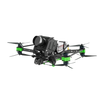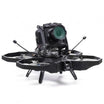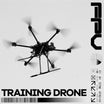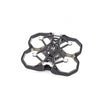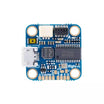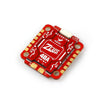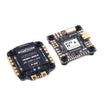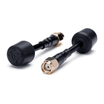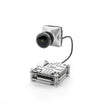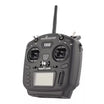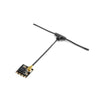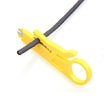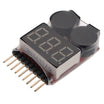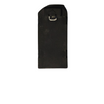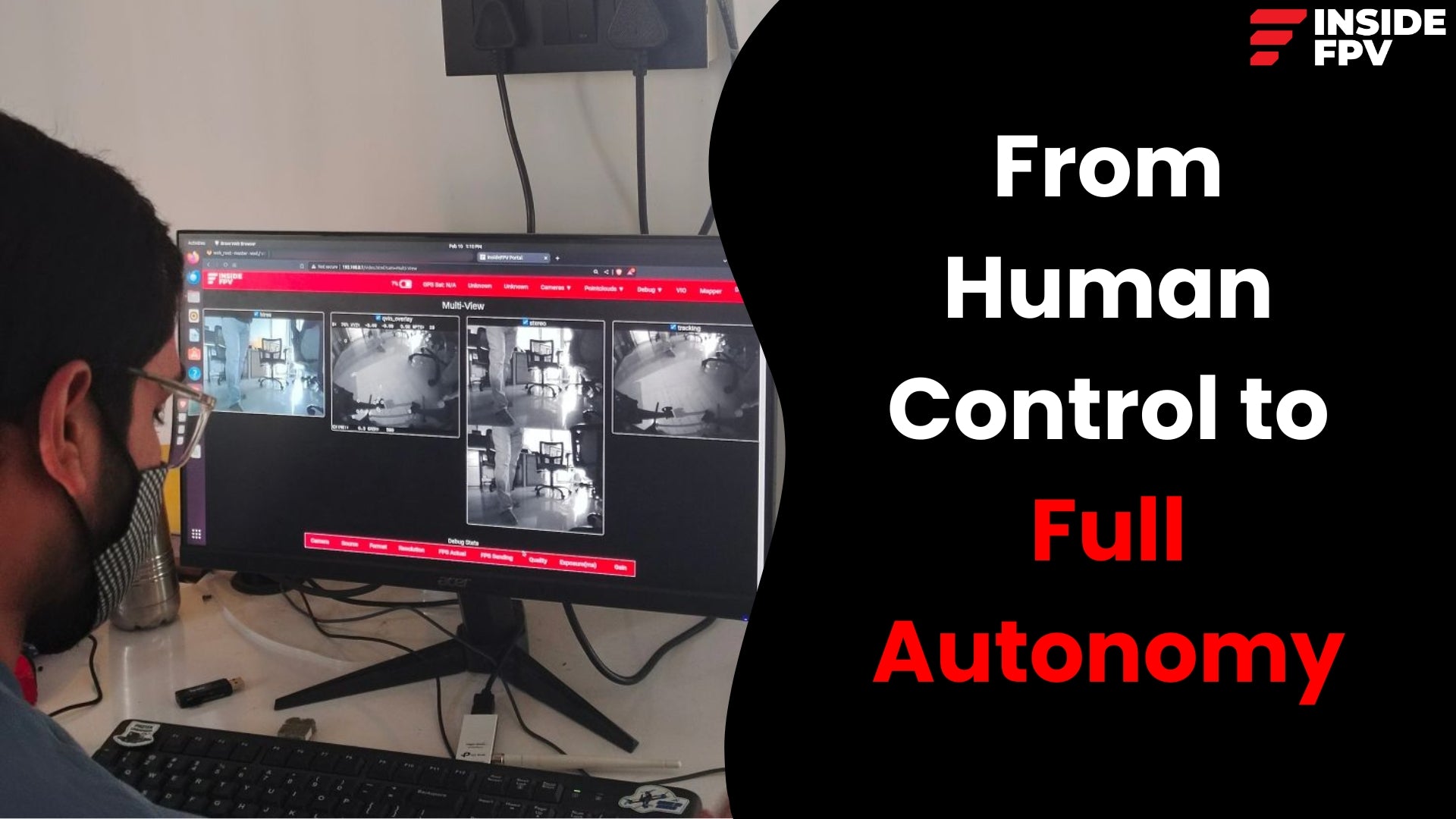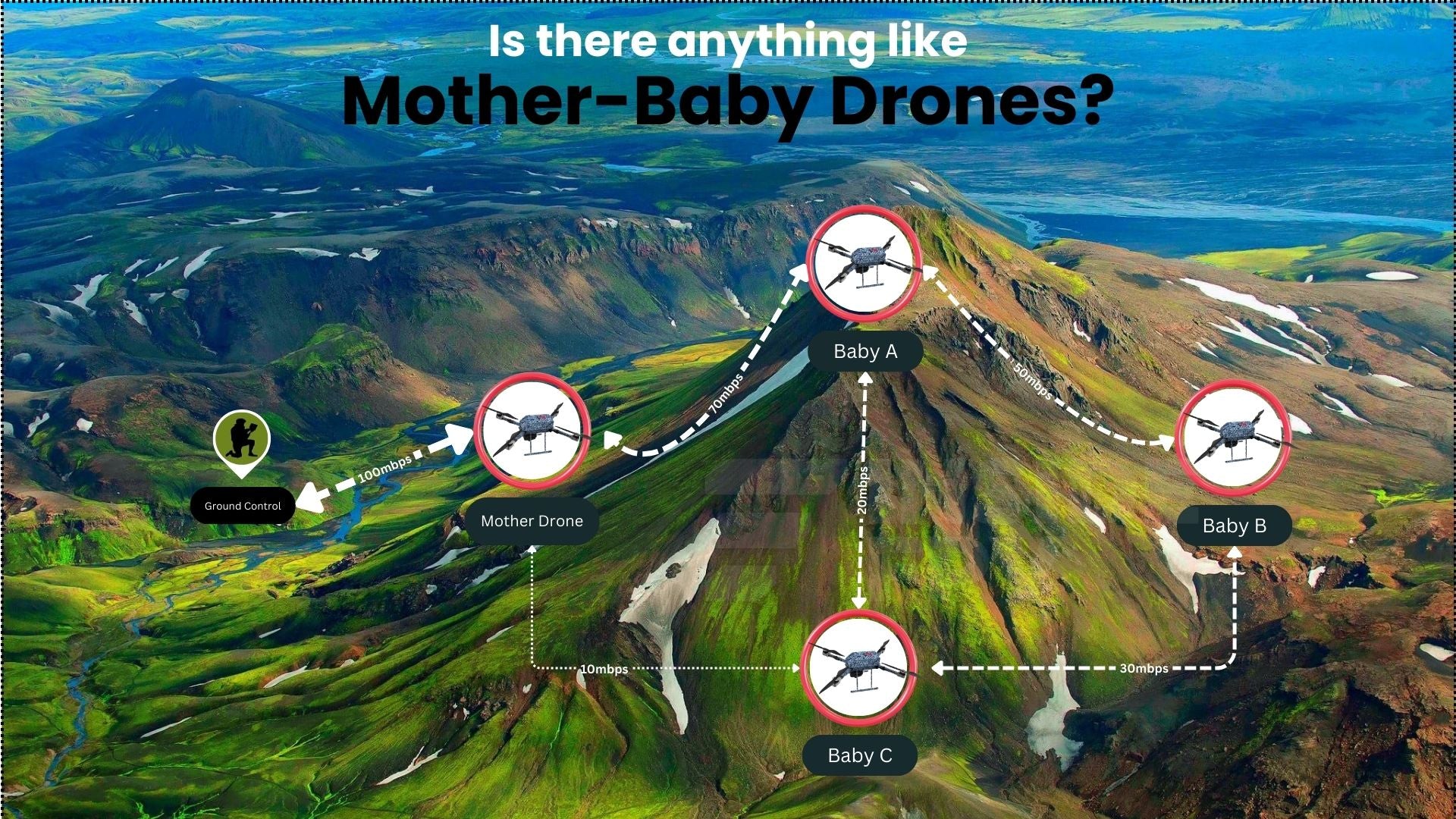What Precautions Can Drone Owners Take to Prevent Losing Their Drones?
Losing drones is pretty common and has been a big issue for many drone owners. To tackle the problem various drone manufacturers have implemented several features to help prevent drone loss and ensure safe flights. Many modern drones of insideFPV (drone manufacturing company), such as the KrishiKarma- agricultural drone, the Surveillance drone, the AI-powered Nightingale drone, and the Kamikaze drone, come equipped with automatic Return-to-Home (RTH) or Return-to-Launch (RTL) capabilities.
 KrishiKarma
KrishiKarma
These features are designed to trigger when the drone goes out of set range or its battery level drops to a critical level. When activated, the drone will automatically fly back to its takeoff location, ensuring the safe recovery of the aircraft. insideFPV have also cracked an advanced feature that gives drones the ability to navigate back home using onboard sensors and mapping technology, even in the absence of a GPS signal.
In addition to automated failsafes, drone manufacturers also emphasise the importance of proper pre-flight checks, maintaining line-of-sight with the aircraft, and adhering to local regulations regarding drone usage. By taking these precautions, drone operators can significantly reduce the risk of losing their drones during flight.
What Can Cause a Drone to Lose Link or GPS?
Despite the best efforts of drone manufacturers and operators, there are several factors that can lead to the loss of communication link or GPS signal, which can result in the drone becoming unresponsive or straying off course.
Obstacles: One of the most common causes of link loss is interference from other radio frequency (RF) sources, such as nearby buildings, power lines, or even other wireless devices. This can disrupt the communication between the drone and its controller, causing the drone to become unresponsive.
Range: Another potential issue is the limited range of the drone's transmitter and receiver. Depending on the model and the environment, drones can only maintain a stable connection within a certain distance from the operator. Exceeding this range can lead to link loss and the drone flying out of control.
Environment: GPS signal loss can also occur due to factors such as interference from atmospheric conditions, obstructions in the environment (e.g., tall buildings or trees), or even the drone's own components, which can create electromagnetic interference. Without a reliable GPS signal, the drone's navigation and position-holding capabilities may be compromised, leading to potential loss of control.
How Can Drone Operators Locate Their Drones After Link or GPS Loss?
In the event that a drone does lose its communication link or GPS signal, there are several strategies drone operators can employ to locate and recover their aircraft.
Backup control system: One of the most effective methods is to utilise a secondary backup control system, such as a radio beacon or a GPS tracker, which can be installed on the drone. These devices can continue to transmit location data, even when the primary communication link is lost, allowing the operator to track the drone's movements and potentially guide it back to a safe landing area.
Integrated Application: Another option is to use a smartphone or tablet app that integrates with the drone's telemetry system. These apps can often provide real-time updates on the drone's location, altitude, and battery status, even if the direct control link is severed. This information can be invaluable in determining the drone's last known position and planning a search and recovery effort.
Manual Search: In some cases, drone operators may need to resort to more low-tech methods, such as visual searches from the ground or the air (using another drone or aircraft). This can be particularly effective in urban or heavily forested areas where the drone may have become obscured from view. So the person can look for the last location that is shown before link loss and look for the drone manually.
Ultimately, the ability to locate a lost drone will depend on the specific features and capabilities of the drone itself, as well as the operator's preparedness and response time (as per the battery level). By understanding the potential causes of link and GPS loss, and having a plan in place for recovery, drone owners can increase their chances of finding their aircraft, even in the event of an unexpected in-flight incident.
Q: What features do modern drones have to prevent getting lost?
A: Many drones come equipped with automatic Return-to-Home (RTH) or Return-to-Launch (RTL) capabilities that trigger when the drone goes out of range or has low battery, making it fly back to its takeoff location. Some drones can also navigate home without GPS using onboard sensors and mapping.
Q: What precautions can drone owners take to avoid losing their drones?
A: Proper pre-flight checks, maintaining visual line-of-sight with the drone, adhering to local regulations, and not exceeding the drone's operational range are important precautions to prevent losing control or communication with the drone.
Q: What can cause a drone to lose its link or GPS signal?
A: Interference from obstacles like buildings or power lines, exceeding the drone's transmission range, atmospheric conditions, and electromagnetic interference from the drone's own components can all lead to loss of link or GPS.

